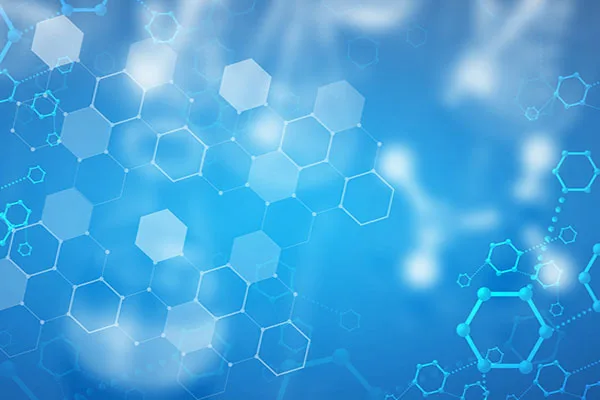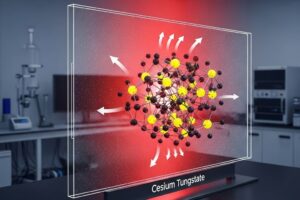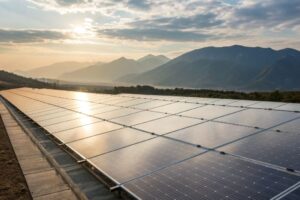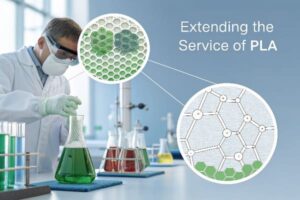Monomeric vs polymeric
Understanding the difference between monomeric and multimeric compounds in the world of materials science and chemistry is essential. Knowing the differences between these classes of compounds can have a significant impact on new material development, manufacturing processes and product applications, whether you are a researcher or chemist. This blog examines the differences between polymeric and monomeric substances. It also explores their applications and importance in different industries.
What Are monomeric compounds?
Monomeric compounds consist of small molecules. They are the building blocks that create larger and more complex structures. These molecules are usually made up of one unit that can undergo chemical reactions to produce larger molecules. This process is called polymerization. Monomers have reactive groups which facilitate chain reactions. This allows them to join with other monomers and form long chains.
For example, monomers are commonly found in ethylene (C2H4) and styrene, both of which contain a CH2 group. They are usually liquids or low molecular weight solids, and their functional groups make them highly reactive. In various industries, they are used to synthesize resins, polymers, adhesives and coatings.
Key Characteristics Of Monomers:
– Small molecular sizes
– Highly reactive functional group
– Polymerisable
– Chemically easy to modify and process
– They are usually liquids or solids with low molecular weight
What are polymeric compounds?
Polymeric compounds are complex, large molecules that are formed through the chemical joining of monomer units. Polymers are essentially long chains, networks or clusters of monomeric repeating units bound by covalent bonds. These structures may be linear, cross-linked or branched. This will influence their chemical and physical properties.
Polymers can include polyethylene (plastic), polyvinylchloride (PVC), and polystyrene. Polymers are versatile, with properties ranging from flexible plastics to stiff fibers. They can be used in packaging, construction and textiles as well as aerospace.
Key Characteristics Of Polymers:
Large molecular mass
Monomers can be repeated to form repeating units
– Diversity of structure (branched, linear, cross-linked).
Mechanical rigidity or flexibility
Monomers are not as durable and stable.
Differences between monomeric and polymeric compounds
Understanding these differences will help you tailor materials to specific applications.
Applications in Industry
Monomers
Monomers are essential in the synthesis and production of specialty chemicals, polymers, and other materials. Polystyrene is produced by polymerizing styrene. This material is widely used for packaging and insulation. Acrylic acid monomers can be polymerized to produce super-absorbent polyesters used in diapers, hygiene products and other household items.
Polymers
Polymers are at the heart of modern material science. Polymers are used in everything from water bottles and polyethylene bags to Kevlar fibers and advanced composites. They are used in many industries because of their adaptability, durability and processability.
Environmental Impact
Monomers and polymers have environmental implications. Monomers are usually toxic and persistent in the environment if they are not managed properly. Plastic pollution is also a major concern for polymers. Research is focused on developing biodegradable monomers and polymers.
Carbodiimide anti-hydrolysis agents: Monomers and polymers for enhanced durability
In polymer chemistry, carbodiimide compounds have been widely acknowledged for their effectiveness as coupling agents and additives that prevent hydrolysis. HyMax 1010, a monomer anti-hydrolysis agent, can form stable ester or amide bonds when incorporated into plastics. This reduces the susceptibility to hydrolysis of the polymer networks.
Carbodiimide in their polymer form,also exhibit an excellent resistance to hydrolysis. This is especially true when the environment is moist. These polymers such as HyMax 210 and HyMax 213, act as moisture scavengers, and they facilitate the formation durable chemical links within the matrix of the polymer. This effectively prevents water penetration and the subsequent breakdown of materials. These polymers are especially useful in waterproof coatings and adhesives, biodegradable materials, and all-weather sealants. The incorporation of carbodiimide group into polymers can also improve their mechanical properties and thermal stability. This makes them essential in the design of high-performance and environmentally durable products.
Future Trends in Monomer & Polymer Development
The advancements in chemistry are pushing the limits of what polymers and monomers can do. Researchers are working on developing bio-based, eco-friendly monomers that will produce sustainable polymers. Innovations include recyclable, degradable and high-performance materials tailored to specific high-tech uses.
The precise design of monomer units as well as polymer architectures is crucial for the development of smart polymers that respond to environmental stimuli. It is crucial to understand the fundamental differences between polymeric and monomeric compounds in order for these innovations succeed.
Conclusion
Anyone involved in chemical synthesis or material science should be able to distinguish between monomeric and polymeric compounds. Polymers are large, complex structures that originate from monomers. Their unique properties and application drive innovation in numerous industries and shape the future of high-performance and sustainable materials.
Visit carbodiimide.com to find out more about polymer chemistry or our monomers and polymers.







